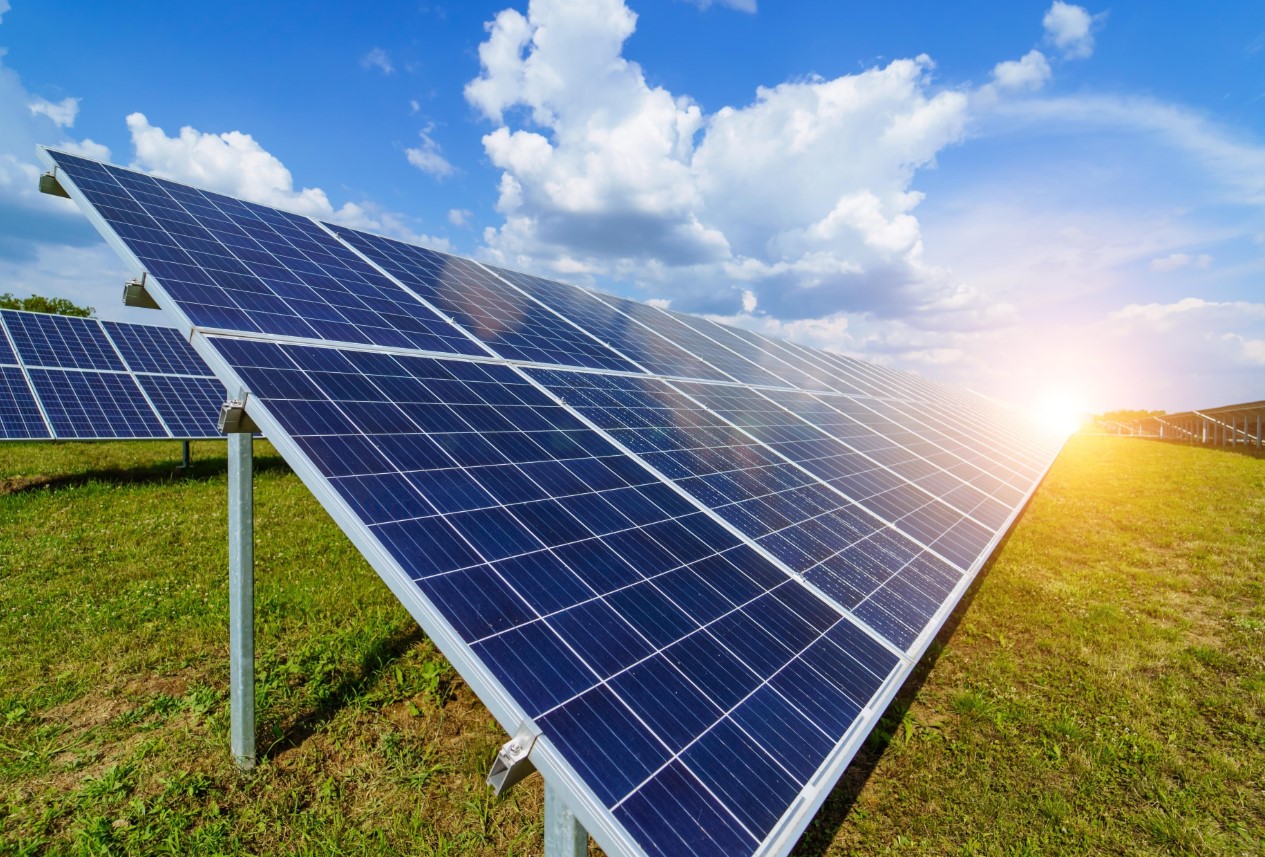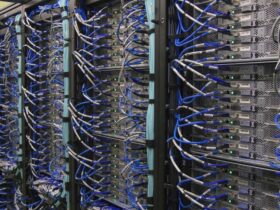As the world shifts towards renewable energy, HMS Photovoltaik is emerging as a leader in the solar power industry. Whether you’re a homeowner eager to reduce your carbon footprint or a business owner looking for sustainable energy solutions, HMS Photovoltaik offers a cutting-edge technology that can help you harness the power of the sun. By converting sunlight into electricity, HMS Photovoltaik allows users to generate clean energy right from their rooftops, all while reducing their reliance on fossil fuels and cutting down on energy costs.
In this article, we will delve into the benefits, installation process, maintenance tips, and much more regarding HMS Photovoltaik. This comprehensive guide will help you understand how this innovative technology works and why it is an excellent investment for both individuals and businesses alike. Let’s explore the potential of solar power and how HMS Photovoltaik can transform the way you consume energy.
What is HMS Photovoltaik?
HMS Photovoltaik refers to a sophisticated solar energy technology designed to convert sunlight into usable electricity. This system uses photovoltaic (PV) cells, which are typically made from semiconductor materials like silicon, to absorb sunlight and produce direct current (DC) electricity. This DC is then converted into alternating current (AC) using an inverter, making it suitable for everyday use in homes and businesses.
The technology behind HMS Photovoltaik has advanced significantly in recent years, offering improved efficiency rates and more affordable installation options. As more people and organizations seek ways to reduce their carbon footprints and energy bills, HMS Photovoltaik offers a sustainable, cost-effective solution.
Benefits of Using HMS Photovoltaik
HMS Photovoltaik provides a host of advantages that make it an attractive energy option for both residential and commercial use. Here are some of the key benefits:
1. Reduction in Electricity Costs
One of the primary benefits of installing HMS Photovoltaik is the potential for significant savings on electricity bills. Once your solar system is installed, the energy it generates can be used to power your home or business. As a result, you’ll rely less on energy from the grid, leading to lower monthly electricity costs.
2. Environmental Impact
HMS Photovoltaik is a clean, renewable source of energy that does not produce harmful emissions or contribute to air pollution. By adopting solar energy, you’re helping to reduce your carbon footprint and contributing to a more sustainable future.
3. Increase in Property Value
Homes and businesses equipped with solar panels are often viewed as more attractive to potential buyers. With the growing demand for energy-efficient homes, solar-powered properties tend to fetch higher prices in the real estate market.
4. Low Maintenance Costs
Once installed, solar panels require minimal maintenance. Regular cleaning and occasional checks to ensure everything is functioning properly are usually sufficient. This low level of upkeep makes HMS Photovoltaik a cost-effective solution over time.
5. Government Incentives and Rebates
In many regions, governments offer incentives and tax credits for those who invest in renewable energy systems. These financial incentives can help offset the initial cost of installation and make HMS Photovoltaik more accessible for homeowners and businesses.
How Does HMS Photovoltaik Work?
The process of generating electricity using HMS Photovoltaik begins with solar panels placed on your roof or ground-mounted structures. These panels contain photovoltaic cells made of semiconductor materials such as silicon. When sunlight hits the surface of the panels, it excites the electrons in the semiconductor, creating an electric current.
This current, known as direct current (DC), is not suitable for most household appliances or businesses. Therefore, the DC electricity is sent to an inverter, which converts it into alternating current (AC), the form of electricity commonly used in homes and businesses.
HMS Photovoltaik systems are also designed to be integrated with the power grid. This means that when your system generates more electricity than you need, excess energy can be sent back to the grid or stored in batteries for later use.
Types of Solar Panels for HMS Photovoltaik
When considering HMS Photovoltaik for your home or business, it’s essential to understand the different types of solar panels available. Each type comes with its own set of benefits and is suitable for different needs.
1. Monocrystalline Panels
Monocrystalline solar panels are made from a single continuous crystal structure. This gives them a higher efficiency rate compared to other types of panels. They are also known for their sleek appearance and longevity. If you have limited roof space or want to maximize energy production, monocrystalline panels are a great option.
2. Polycrystalline Panels
Polycrystalline panels are made from silicon crystals that are melted and formed into molds. While they are generally less efficient than monocrystalline panels, they are also more affordable. Polycrystalline panels can be a good choice for larger installations where efficiency is less of a concern.
3. Thin-Film Solar Panels
Thin-film panels are made from layers of photovoltaic material applied to a flexible substrate. These panels are lightweight and can be used in a variety of applications, such as on curved surfaces or small-scale installations. However, they are less efficient than crystalline panels, so they may require more surface area to generate the same amount of energy.
Key Factors to Consider Before Installing HMS Photovoltaik
Before installing an HMS Photovoltaik system, there are several factors you need to evaluate:
1. Roof Space and Orientation
The amount of sunlight your roof receives directly impacts the efficiency of your solar panels. Ensure you have enough space to install the necessary number of panels and that your roof is oriented in a way that maximizes sunlight exposure.
2. Regulations and Permits
Different regions have varying rules and regulations regarding solar installations. Be sure to check local building codes and obtain any necessary permits before proceeding with installation.
3. Energy Consumption
Calculating your energy usage is essential for determining the number of solar panels you will need. If your household or business consumes a large amount of electricity, you will need a more substantial solar system to meet those needs.
4. Budget and Financing Options
The upfront cost of installing HMS Photovoltaik can vary depending on the system size, panel type, and installation complexity. However, there are financing options available, including loans, rebates, and government incentives that can help make the transition more affordable.
The Installation Process of HMS Photovoltaik
The installation of an HMS Photovoltaik system involves several steps, starting with an evaluation of your property and energy needs. Here’s a breakdown of the process:
1. Assessment and Design
A professional installer will assess your roof space, shading, and structural integrity to determine the best solar panel system for your needs. This step ensures that the system will operate efficiently.
2. Permits and Approvals
Before installation can begin, you’ll need to obtain any required permits and approvals from local authorities. This ensures compliance with building codes and safety standards.
3. Installation
The solar panels are mounted onto your roof or a ground-mounted structure. The panels are then connected to an inverter that converts the DC electricity into AC electricity.
4. System Testing
Once installed, the system is tested to ensure that it is functioning properly. This includes checking the wiring, inverter, and connections to ensure the system is safe and efficient.
Maintenance and Troubleshooting Tips for HMS Photovoltaik
To ensure that your HMS Photovoltaik system runs efficiently, regular maintenance is necessary. Here are some essential tips:
1. Clean the Solar Panels
Dust, debris, and bird droppings can reduce the efficiency of your solar panels. Clean the panels regularly to keep them working at their best.
2. Monitor System Performance
Using a monitoring app or software, keep an eye on the system’s performance. If you notice any drops in energy output, it may indicate a problem that requires attention.
3. Inspect the Inverter and Wiring
Check the inverter and wiring for signs of wear or corrosion. If you hear unusual noises or notice any malfunctioning, contact a professional for inspection.
Cost and Savings Analysis of HMS Photovoltaik
The initial cost of an HMS Photovoltaik system can be significant, but the long-term savings can make it a wise investment. On average, homeowners can expect to save 50-70% on their electricity bills after installation. The total savings depend on factors such as system size, local electricity rates, and the amount of sunlight your system receives.
Additionally, various financial incentives, such as tax credits and rebates, can help offset the upfront cost. Most systems have a payback period of 5-10 years, after which the energy they generate is essentially free.
Conclusion
HMS Photovoltaik is an innovative and effective way to harness the power of the sun and reduce your reliance on fossil fuels. By investing in solar energy, you can enjoy lower electricity bills, contribute to environmental sustainability, and potentially increase your property value. The technology behind HMS Photovoltaik is continuously evolving, offering higher efficiency rates and more affordable options for users.
If you’re considering making the switch to solar energy, understanding the benefits, installation process, and maintenance requirements of HMS Photovoltaik is essential. With proper planning and expert installation, you can make a positive impact on both your wallet and the planet.
FAQs
1. What is the lifespan of HMS Photovoltaik systems?
HMS Photovoltaik systems typically last 25-30 years, with minimal maintenance required over that time. Most manufacturers offer warranties ranging from 10 to 25 years.
2. How much does it cost to install HMS Photovoltaik?
The cost of installing an HMS Photovoltaik system depends on factors like system size, panel type, and installation complexity. On average, installation can range from $10,000 to $30,000 before incentives.
3. Can I install HMS Photovoltaik myself?
While DIY installation is possible, it’s recommended to hire a professional installer to ensure safety, proper setup, and compliance with local regulations.
For More Updates Visit: Biomagazine












Leave a Reply